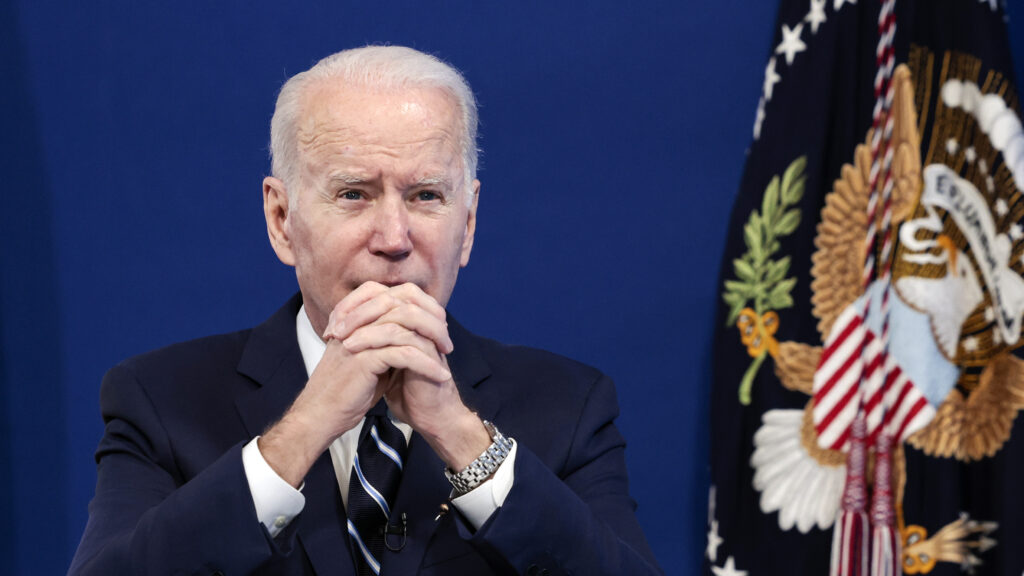WASHINGTON — Medicare on Tuesday announced the first 10 drugs selected for a new drug price negotiation program created in Democrats’ drug pricing reform law.
The drugs include Eliquis, Jardiance, Xarelto, Januvia, Farxiga, Entresto, Enbrel, Imbruvica, Stelara, and insulins that go by names including Fiasp and NovoLog.
advertisement
The new prices will be announced on Sept. 1, 2024 and will go into effect on Jan. 1, 2026. The drugs were chosen from a list of 50 drugs that cost Medicare’s pharmacy drug benefit the most money.
Among the medicines chosen for price negotiation are treatments that have been key products for some of the largest pharmaceutical companies in the world. So far, stocks of these drugmakers have been relatively insulated from worries about the law. However, investors may become more skittish now that the products have been named – and even more so as the actual discounts for those medicines roll out.
President Biden will celebrate the occasion with an event at the White House today. Democrats worked for 20 years to create the program, and overcame lobbying from the pharmaceutical industry last year.
advertisement
However, there’s a chance that the program will never actually go into effect. Several of the companies that make the medicines selected for the negotiation program have sued the Biden administration in courts across the country, claiming the program is unconstitutional. The U.S. Chamber of Commerce requested a preliminary injunction, which would immediately stop the law’s implementation.
“The celebration at the White House is premature because they’re attempting to avoid all of the very real world negative side effects,” said Neil Bradley, the chief policy officer at the Chamber of Commerce.
The negotiation program’s first tranche of drugs is starting with 10 drugs that patients can pick up at the pharmacy counter. The agency will negotiate an additional 15 Part D drugs in 2027, another 15 Part D and Part B drugs for 2028, and another 20 Part D and Part B drugs for 2029 and onward.
The minimum discounts Medicare will negotiate for each drug will range from 25% off a drug’s list price to 60%, depending on how long it’s been on the market.
Once the drugs are selected, CMS officials will identify drugs that are in the same therapeutic class, if any exist, and consider their net prices in the agency’s initial offer to drugmakers. The agency will also evaluate a drug’s clinical benefit, including comparative effectiveness data, whether the drug meets an unmet medical need, and the drug’s impact on “specific populations,” the guidance states.
It remains to be seen whether the negotiated prices will actually be lower than the prices that Medicare prescription drug insurance plans negotiate right now. One analysis led by Inmaculada Hernandez, a researcher and professor at the University of California, San Diego, suggested that the minimum required discounts would result in savings for less than half of the drugs that were expected to be negotiated under one scenario.
Leerink Partners analysts don’t expect much impact to pharmaceutical companies’ bottom lines from this first tranche of negotiations, as several of the drugs selected were slated to lose their exclusivity anyway within two years of when the negotiated prices would take effect. The analysts called the program’s impact “immaterial” for most drugs in a note to investors.
The Inflation Reduction Act also imposed penalties for drug makers that raise drug prices faster than inflation, redesigned the way that Medicare pays for Part D medications, and imposed an out-of-pocket drug cost cap for seniors.
The Medicare agency has brought on 70 staff so far to administer the negotiation program and the price hike penalties. The group’s director of the negotiations subdivision is Daniel Heider, a pharmaceutical pricing expert who came from Bristol Myers Squibb and Merck.

